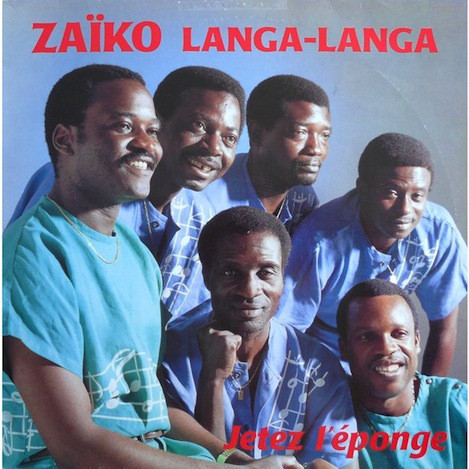In any discussion of the Congo, it pays to clear up the geography at the outset.
Confusingly, there are two countries called Congo. The bigger of the pair was colonised by the Belgians and over the years has been known as Congo-Kinshasa, as Zaïre (during the aberrant three-decade regime of President Mobutu Sese Seko) and as DRC (Democratic Republic of the Congo). The other, smaller Congo was colonized by France and is known as Congo-Brazzaville or simply the Republic of the Congo.
The two nations are separated by the Congo River, and their main cities – Kinshasa and Brazzaville respectively – are the only two capitals within eye-shot of each other anywhere in the world.
Musicians from Brazzaville have been heavily involved in the musical developments of the last few decades, but DRC – and Kinshasa in particular – has provided most of the Congolese superstars. Indeed, for much of the mid-twentieth century, Kinshasa (known as Léopoldville in colonial days) was Africa’s undisputed musical heart, pumping out an endless flow of life-giving dance music.
Great bands such as African Jazz, Franco’s OK Jazz and African Fiesta led the way, and were followed up by stars such as Zaïko Langa Langa, Papa Wemba and, later, Koffi Olomide and Wenge Musica. Each generation brought its own style, but they all played music known in the West as rumba or soukous – albeit inaccurately (see box below).
By the 1990s, the glory days of Congolese music were over, but there are still a number of impressive artists on the scene and young Congolese still turn out in their droves to dance to their country’s music – which remains the top crossover genre on the African continent.
Despite severe social, political and economic difficulties the Congolese have maintained a reputation for knowing how to enjoy themselves, and music and dance have always been a key element of this. Early rumba dances such as the maringa and agbwaya were expressions of physical grace – subtle hip moves and shifts of balance – rather than fancy footwork and pirouettes, and this understated style has remained the basis, seasonally adjusted with a few new gestures or arm movements. And though there have been many great hits over the years, the passing of time can be more easily measured by memories of seductive rhythms such as the rumba-boucher, kiri-kiri, cavacha, kwassa-kwassa, madiaba, sundama kibinda nkoi and ndombolo rather than particular song titles.







